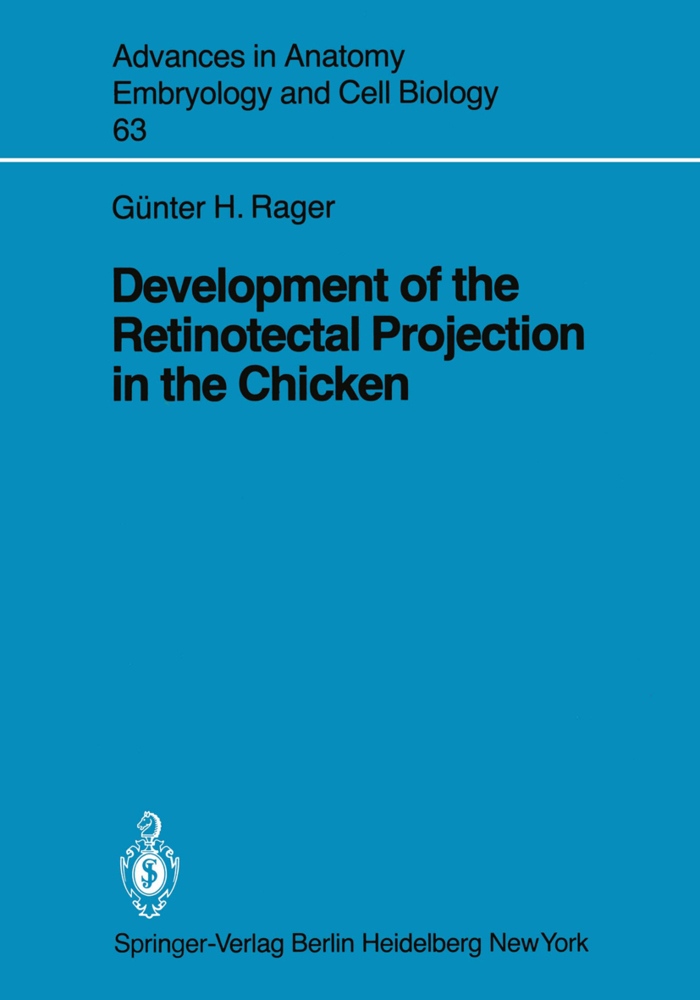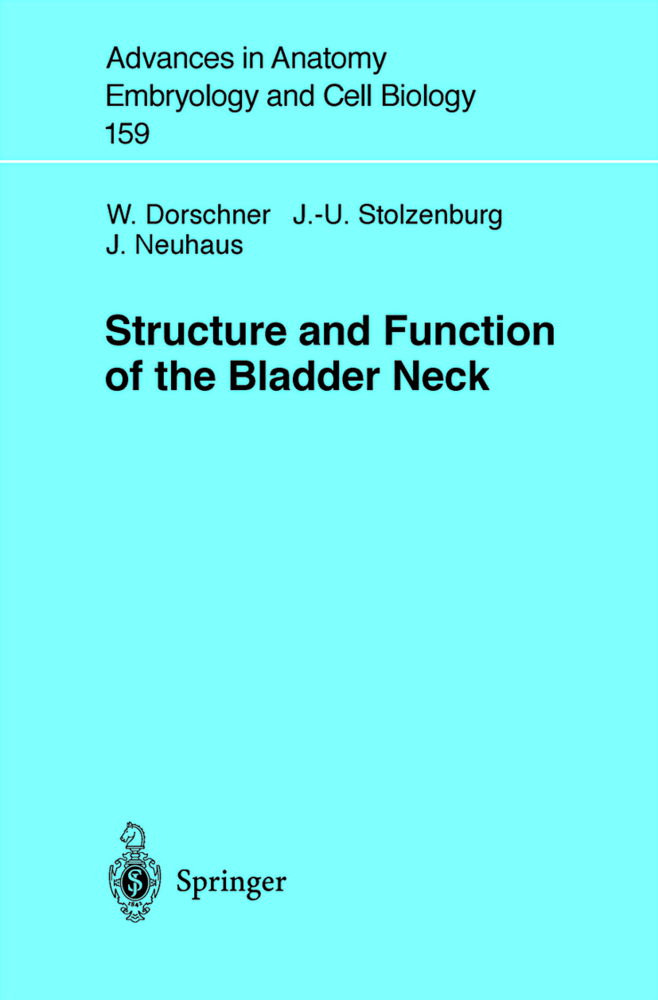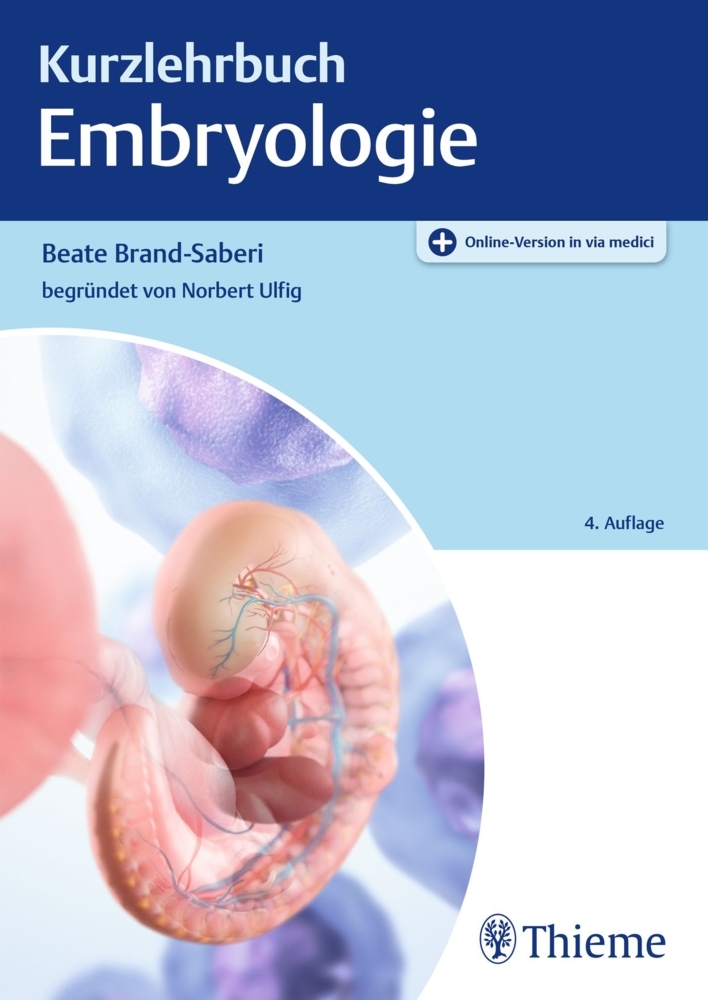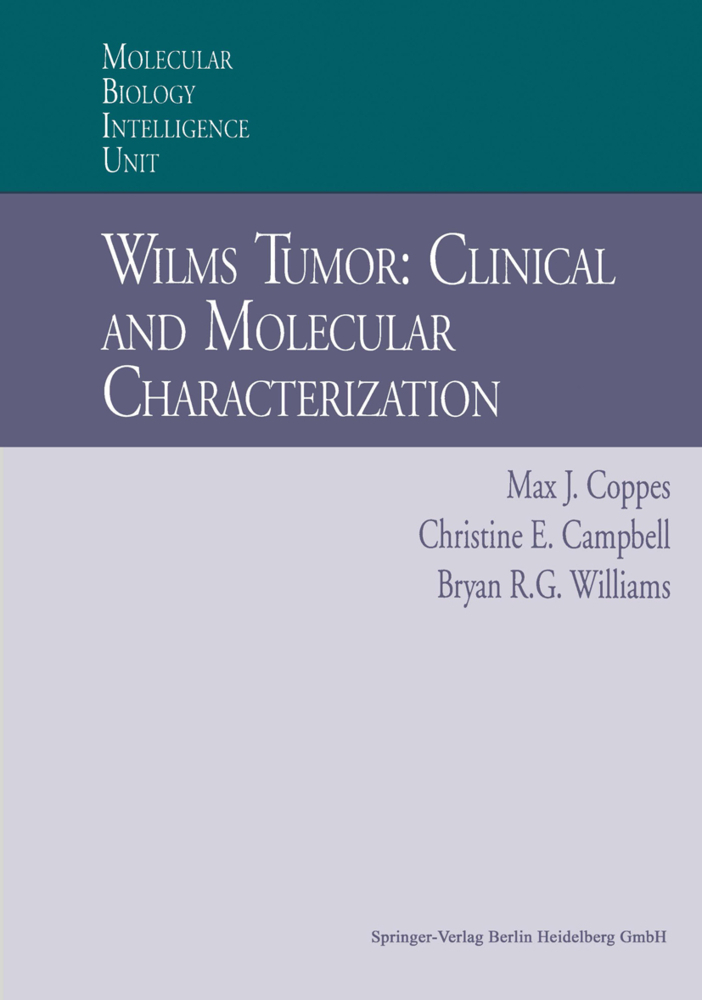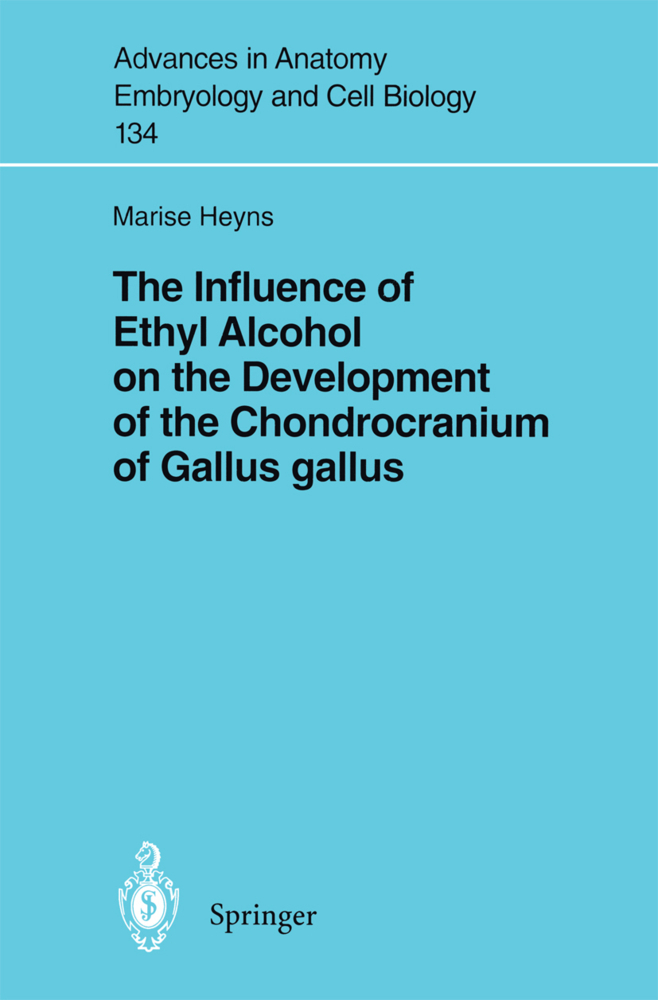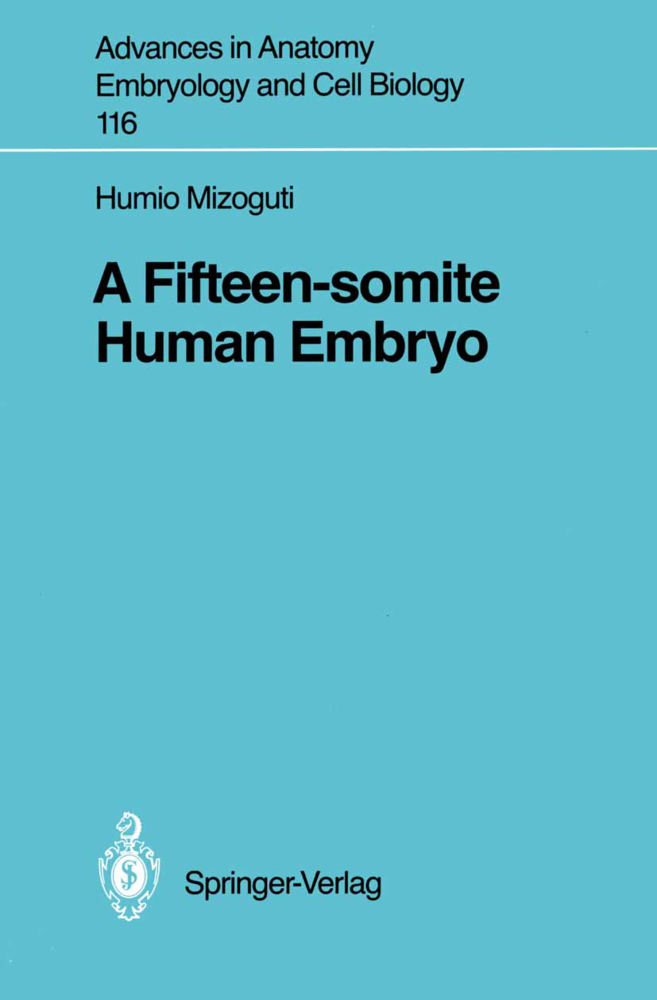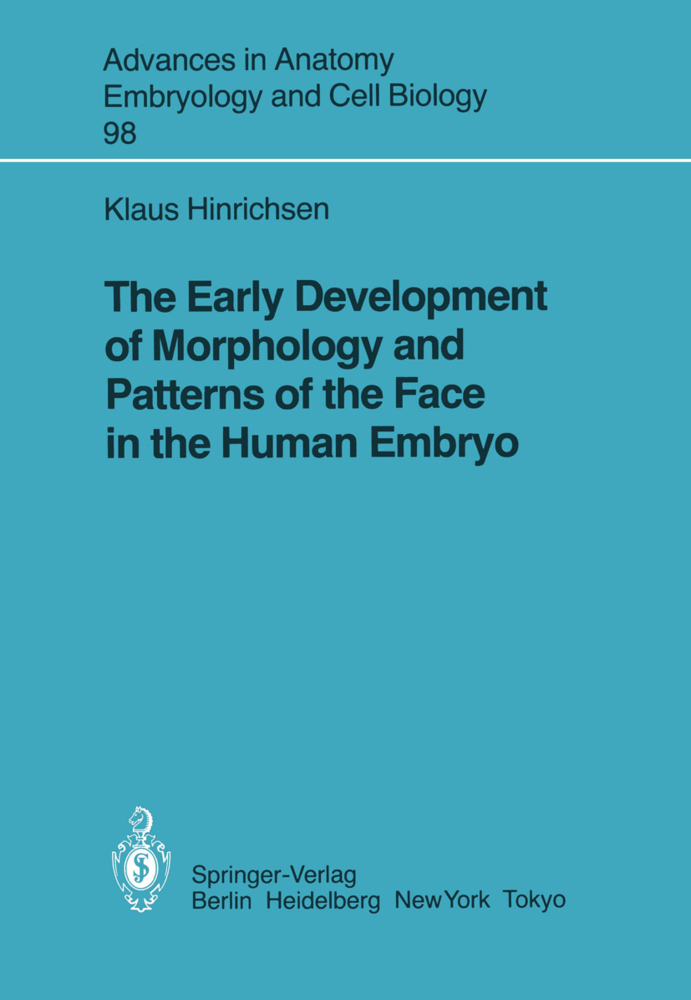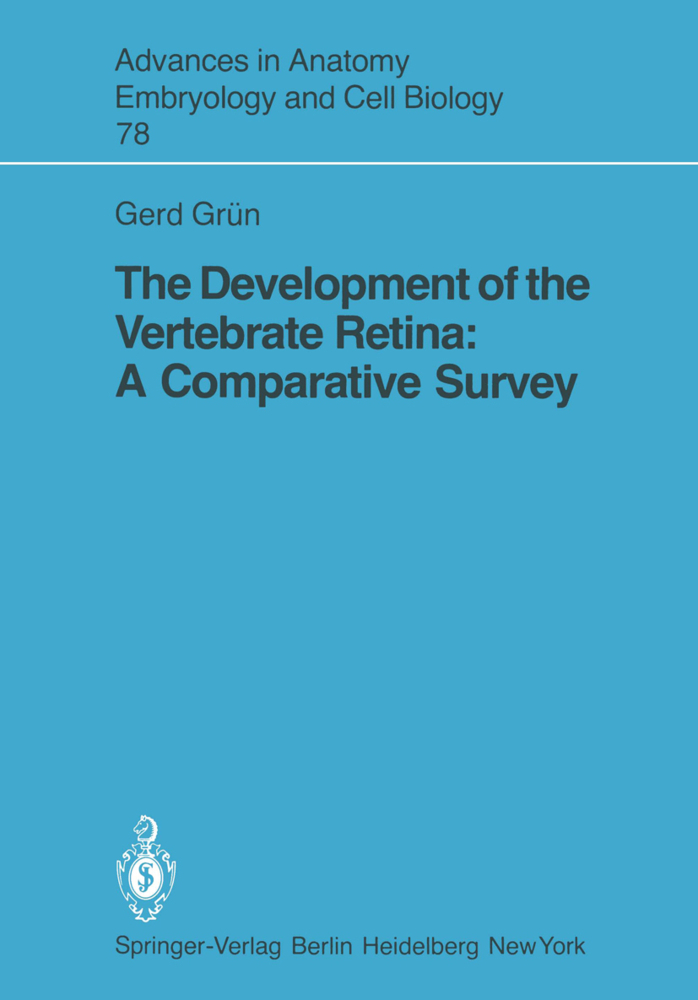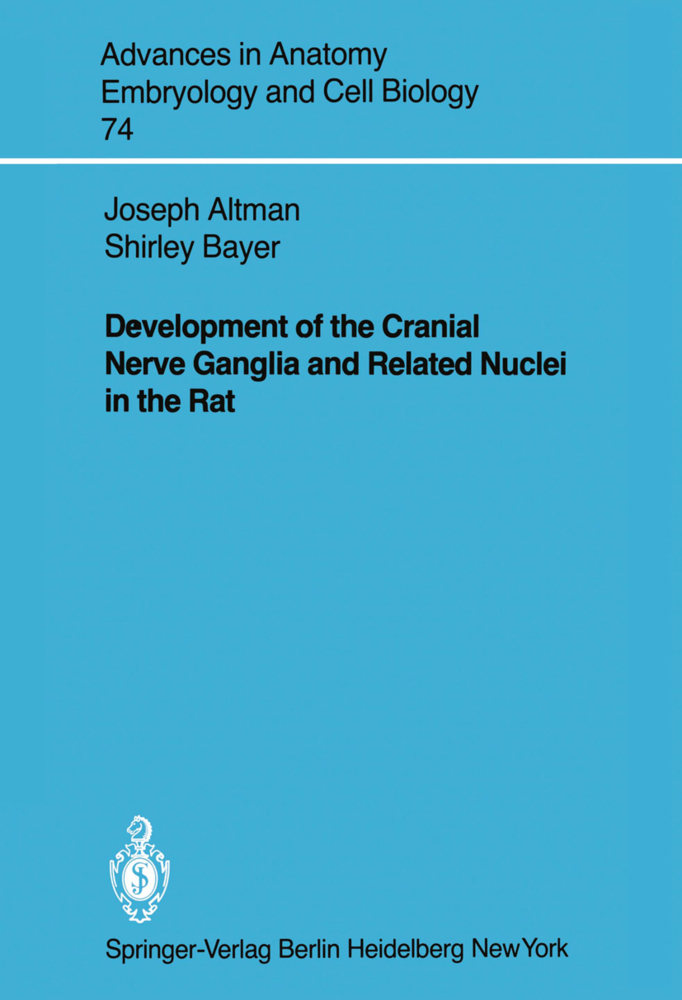Development of the Retinotectal Projection in the Chicken
Development of the Retinotectal Projection in the Chicken
Wilhelm His, one of the founders of developmental neurobiology, was convinced "that the processes of generation and development obey fundamental and simple laws and submit to the general laws of nature" (His 1901). Therefore, we should be able to find immediate conditions, dependencies and rules determining the de velopment of an organic form. With this in mind, His (1874) defined the task of embryology as follows: "Developmental biology is essentially a physiological science; it has not only to describe how each individual form develops from the egg, it has to derive this development in such a way that each developmental stage together with all its specialities appears as a necessary consequence of the immediately pre ceding stage . . . Only if developmental biology has given a perfect physiological deriva tion for any given form, has it the right to say that it has explained this individual form. " The ultimate aim of a physiological derivation would be that laws of growth valid for organic ,beings can be expressed as mathematical formulae (His 1874). To exemplify this, he formulated a universal and purely formal law of growth in mathematical terms making the comment: "I now suggest that the body form follows immediately from germinal growth and can be derived from the given germinal form according to the laws of growth. My interest is, therefore, firstly to detect the law of growth empirically and secondly to derive consecutive forms of the developing or ganism by applying this law.
2.1 Experimental Animal
2.2 Morphology
2.3 Physiology
3 Topogenesis and Morphogenesis
3.1 Ganglion Cell Perikarya
3.2 Ganglion Cell Dendrites
3.3 Ganglion Cell Axons
3.4 Synaptogenesis in the Optic Tectum
4 Physiogenesis
4.1 Development of Fibre Activity
4.2 Physiology of Synaptogenesis
4.3 Structural and Functional Development
5 The Formation of the Retinotopic Map
5.1 Retinotopy and Order
5.2 The Chemoaffinity Hypothesis
5.3 The Organization of Fibres in the Visual Pathway
5.4 The Origin of the Retinotopic Map
5.5 An Alternative View
6 The Final Maturation of Retinal Ganglion Cells
6.1 Axonal Branching and Formation of Dendrites
6.2 Increase of Fibre Diameter as a Function of Axonal Arborization
6.3 Competition and Degeneration
7 Summary
References.
1 Introduction
2 Material and Methods2.1 Experimental Animal
2.2 Morphology
2.3 Physiology
3 Topogenesis and Morphogenesis
3.1 Ganglion Cell Perikarya
3.2 Ganglion Cell Dendrites
3.3 Ganglion Cell Axons
3.4 Synaptogenesis in the Optic Tectum
4 Physiogenesis
4.1 Development of Fibre Activity
4.2 Physiology of Synaptogenesis
4.3 Structural and Functional Development
5 The Formation of the Retinotopic Map
5.1 Retinotopy and Order
5.2 The Chemoaffinity Hypothesis
5.3 The Organization of Fibres in the Visual Pathway
5.4 The Origin of the Retinotopic Map
5.5 An Alternative View
6 The Final Maturation of Retinal Ganglion Cells
6.1 Axonal Branching and Formation of Dendrites
6.2 Increase of Fibre Diameter as a Function of Axonal Arborization
6.3 Competition and Degeneration
7 Summary
References.
Rager, Günther
| ISBN | 978-3-540-10121-5 |
|---|---|
| Medientyp | Buch |
| Copyrightjahr | 1980 |
| Verlag | Springer, Berlin |
| Umfang | VII, 92 Seiten |
| Sprache | Englisch |

